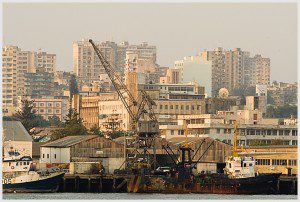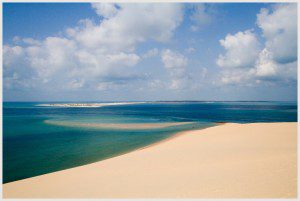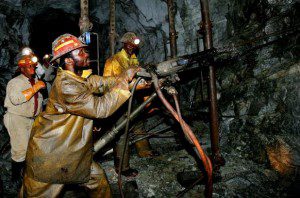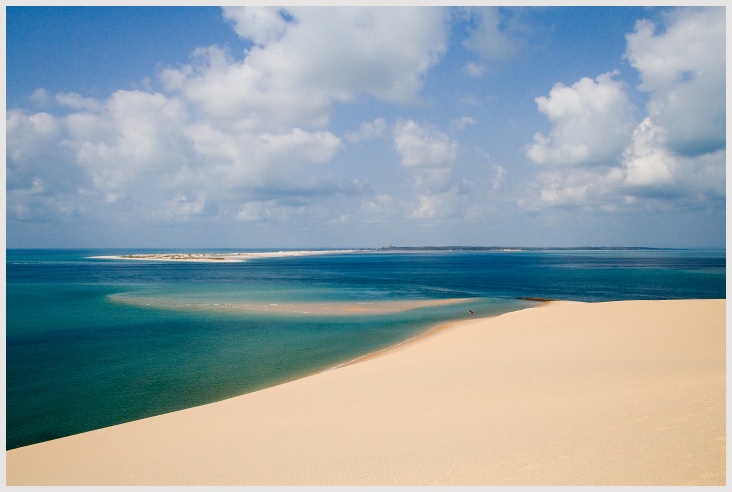 Mozambique has profited from its long period of peace, both in terms of tourism and foreign investment, but if they don’t transform the current conflict left over from the civil war, they have a lot to lose. Tourism is already suffering… who knows what will be next.
Mozambique has profited from its long period of peace, both in terms of tourism and foreign investment, but if they don’t transform the current conflict left over from the civil war, they have a lot to lose. Tourism is already suffering… who knows what will be next.
Mozambique has developed impressively since the signing of the 1992 Peace Accords ending 20 years of violent civil war. In 2013, “Mozambique experienced a strong GDP growth of 7.1%, one of the highest levels in sub-Saharan Africa, with a stable inflation rate of 4.2%. It is believed that the GDP figure may have been higher had the flooding in the beginning of the year not occurred. Nonetheless, Mozambique proved its economies robustness,” said Alex Segura the IMF’s Resident Representative at a recent press conference in Mozambique. Projections for 2014 and beyond are at 8% or higher. While the bulk of the growth has come from the mining industry, Mozambique does have a burgeoning tourism sector. With its 2500 km of coastline and over 100,000 sq km of national parks and wildlife conservation areas, it’s not surprising that the growth in global tourism has benefited Mozambique.
 Since October 2013, however, there has been low grade yet steady fighting between the former guerilla group Renamo and government forces. This has already impacted tourism in the Vilanculos beach resort area. The local mayor reports that tourism-dependent businesses have a high level of uncertainty about the future with some already being forced to lay off workers. Rio Tinto, a London-based mining firm, has also said that they are pulling out all expatriate families.
Since October 2013, however, there has been low grade yet steady fighting between the former guerilla group Renamo and government forces. This has already impacted tourism in the Vilanculos beach resort area. The local mayor reports that tourism-dependent businesses have a high level of uncertainty about the future with some already being forced to lay off workers. Rio Tinto, a London-based mining firm, has also said that they are pulling out all expatriate families.
A dip in tourism may not be enough of a loss of revenue for the Mozambican government to engage in some serious peace talks with Renamo, but multi-nationals pulling out their investments in the mining sector could be. The recent violence has mostly been in the form of attacks on vehicles along one of the main north-south roads in Mozambique. If violence impacts the transportation corridors used by mining firms, notably the Sena line to Beira port or the Nacala corridor, future investments will no doubt be impaired.
 While Mozambique scores better than most other African countries on the Global Peace Index, the following indicators are quite high: perceived criminality in society, organized (internal) conflict, political terror, and UN Peacekeeping funding. These generally visible and mediatized factors can easily influence foreign investment. Mozambique also performs poorly on civil liberties, number of visitors, youth bulge, education spending, secondary and tertiary school enrolment, life expectancy and GDP (nominal and per capita). This set of factors is more likely to be an indication of how stable and long peace can be maintained. A youth bulge with low school enrolment/ education investment and an increasing gap between the rich and the poor is susceptible to political vitriol.
While Mozambique scores better than most other African countries on the Global Peace Index, the following indicators are quite high: perceived criminality in society, organized (internal) conflict, political terror, and UN Peacekeeping funding. These generally visible and mediatized factors can easily influence foreign investment. Mozambique also performs poorly on civil liberties, number of visitors, youth bulge, education spending, secondary and tertiary school enrolment, life expectancy and GDP (nominal and per capita). This set of factors is more likely to be an indication of how stable and long peace can be maintained. A youth bulge with low school enrolment/ education investment and an increasing gap between the rich and the poor is susceptible to political vitriol.
It is becoming clearer and clearer that profits and peace are closely connected. The Mozambican government should distribute the wealth it has accrued from the extractive industries more evenly in order to appease Renamo and prevent further violence. Additionally, it should use its increased revenues to invest in education, health and infrastructure, creating a more competent workforce and friendly business environment. But the onus does not fall solely on the government. Multi-nationals should adhere to Global Compact principles in order to complement the government in the above initiatives. This creates a win-win-win situation in which a more stable Mozambique leads to more foreign investment, generating more government revenues and giving the local population benefits from more job opportunities and public services.

